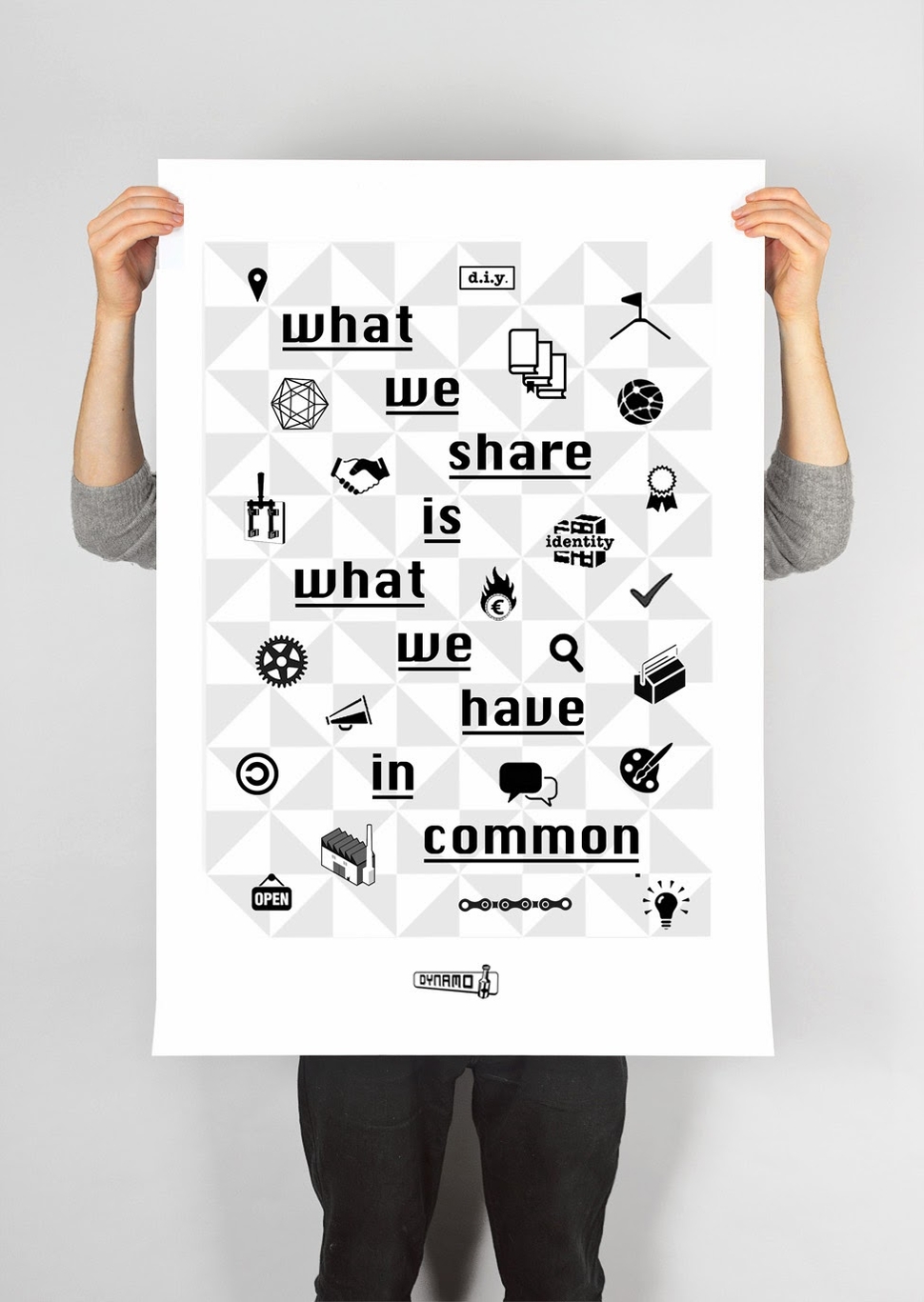Talking about sustainable transitions, various factors are highlighted by the relevant literature as keys leading to success. However, through our research experience so far within the context of our future sub system design in Texel, as well as the classroom’s conclusions from the interviews with people related to Texel, there is a particular factor that keeps coming up as a precondition of achieving the goal: people are willing to support a project or initiative only if this feels like theirs or if there is clear profit involved in it.
The exact same parameter proved to be crucial in the leading case of Samso island. According to Soren Hermansen, the “blacksmith”, i.e. the one who was able to initiate or induce change in the island, was not convinced about the importance of “going green”, until numbers and calculations indicating the real benefit were shown to him.
We must also not forget when people feel secure and comfortable; only within a known, stable (not necessarily good) situation with recognizable characteristics. A change is therefore not always desirable while, when not well-designed, it raises doubts, cultivates uncertainty and insecurity. Adaptation of people to the new system can be either pleasantly easy and smooth or extremely hard and coercive, depending on the way transition has been designed and promoted.
Reassuring the involvement of people in a transition project however is not enough. The Key question is HOW; in which way people are participating, discussing and acting during all stages of a transition. Team work is the answer. A group of people with different backgrounds, coming from various professional fields, interacting productively by including “WE” and “here” in their vocabulary instead of “they” and “global”, is what Soren Hermansen is trying to describe with his new word “commonities”, which results by combing “common” and “communities”. The focus must be on how can WE contribute to a sustainable future, acting (first) locally and open discussions from our perspective.
C. Nevejan and F. Brazier (2015) have also highlighted the notion of “sharing” among actors in a transition through the factor “communion” which is included in the dimension of relation in the YTPA framework. Communion as a term refers to the exchange of thoughts or emotions, participation, possession in common, intimate communication, association and it is taken into account when assessing current sociotechnical systems and designing the future ones. “What we share is what we have in common” is a sentence that keeps coming in my mind thinking of the aforementioned notions. It was the title of an exhibition where the findings of a research/workshop I participated in a few years ago were presented. The workshop (“Thessaloniki Creative Cluster”) was aiming to create a cooperative platform between the creative services of an area in Thessaloniki (Greece) in order to boost the local economy.
All in all, achieving involvement of people is one of the most demanding tasks when designing a transition. Considering involvement as a coin, convincing all actors about why a sustainable transition is necessary, making them aware of how the change will come and what the effects and the benefits for their lives are is the one side; acting with what “we” can do starting from our immediate environment is the other one. And in the end, both sides are necessary for a coin to maintain its value.
Picture
http://dynamoprojectspace.blogspot.gr/2013/11/what-we-share-is-what-we-have-in-common.html
Text
Nevejan, C., & Brazier, F. (2015). Design for the Value of Presence. In J. van den Hoven et al. (Ed.), Handbook of Ethics, Values, and Technological Design. Dordrecht: Springer.
http://dynamoprojectspace.blogspot.gr/2013/11/what-we-share-is-what-we-have-in-common.html
